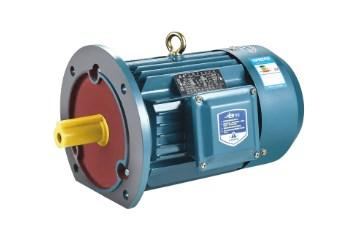In the field of industrial automation and mechanical equipment, three-phase asynchronous motor is commonly used and key power source, and its selection process is directly related to the operating efficiency, energy consumption level and long-term stability of the equipment. The following is a guide to the selection of three-phase asynchronous motors to help users make informed choices according to actual needs.
1. Clear usage requirements
It is necessary to clarify the purpose, working environment, load characteristics and performance requirements of the three-phase asynchronous motor. These factors will directly affect the selection of motor type, power, speed, protection level and other parameters. For example, in the case of frequent start-stop, priority should be given to motors with great starting and braking performance; in wet or dusty environments, it is necessary to choose a high protection level of the motor.
2. Determine power requirements
Power is one of the core parameters of three-phase asynchronous motor selection. It should be determined according to the actual needs of the load, both to meet the work load, but also to avoid long-term overload operation caused by motor damage and increased energy consumption. Typically, the required power range can be initially determined by calculating the power requirements of the load or referring to historical data of similar equipment.
3. Consider speed and torque
Speed and torque are the other two important indicators of motor performance for three-phase asynchronous motors. The speed determines the operating speed of the equipment, while the torque affects the load capacity of the equipment. In the selection, should be based on the working characteristics of the equipment and load requirements, choose a suitable speed and torque range of three-phase asynchronous motors. At the same time, it is also necessary to pay attention to whether the speed regulation performance and torque characteristics of the motor meet the actual needs.
Three-phase asynchronous motor selection guide



